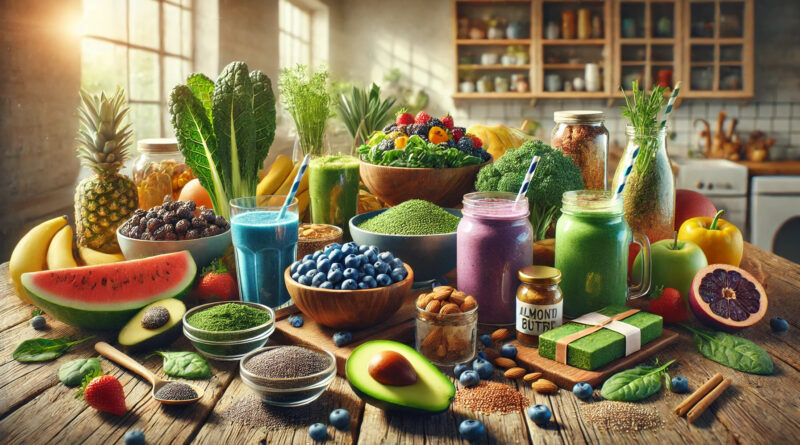Detoxing from Detoxes: The Absurdity of Modern Health Obsessions
Ah, modern health trends – a kaleidoscope of kale, Himalayan salt lamps, and cold plunges that promise to cure everything from fatigue to existential dread. In a world where we can access cutting-edge medical science, we’ve decided instead to follow influencers who promote “healing energies” and ancient remedies while sipping $20 celery juice.
The Rise of the Wellness Messiah
Gone are the days when “wellness” meant getting eight hours of sleep and maybe walking your dog. Today, it’s an identity. Wellness gurus with Instagram handles like @SoulfulSpinach or @VibrationsAndVitamins have become the deities of our digital age. They guide us on a journey toward enlightenment (and their merch store) with mantras like “Listen to your body,” which usually translates to “Buy my probiotic gummy bears.”
These self-styled prophets often boast no medical credentials but have a PhD in looking flawless while posing with obscure adaptogens. What’s that? You’ve never heard of ashwagandha? It’s a root that, according to the internet, can make you calm enough to meditate but wired enough to start a side hustle.
The Cult of the Superfood
In the 1980s, we had spinach. In the 2020s, we have acai bowlsa which essentially are smoothies that require a second mortgage to assemble. “Superfoods” like goji berries, chia seeds, and spirulina have become the cool kids of the grocery store, smugly lounging in glass jars and whispering to you that quinoa is so last season.
But let’s be honest – most of us can’t pronounce these foods, let alone verify their health claims. Instead, we blindly follow the advice of a Pinterest recipe that promises a smoothie will “detox your liver.” (Because apparently, the liver, an organ that has been fine-tuned by millions of years of evolution, now needs assistance from almond milk and beetroot powder.)
Wellness Gadgets: Because Fitbit Wasn’t Enough
What’s health without some techy gadgets to optimize your optimization? Forget stethoscopes or blood pressure monitors – those are for science nerds. Instead, we now have sleep trackers that scold you for breathing wrong and aura-mapping devices that resemble a Magic 8-Ball with Wi-Fi.
Not to mention the sauna blanket (a glorified tortilla wrap for humans) which promises to help you sweat out toxins. Pro tip: you could also achieve this by taking a jog, but where’s the Instagram aesthetic in that?
The Natural Fallacy: Chemicals Are for Losers
Modern health trends are also fueled by the obsessive fear of “toxins.” The word “chemical” has become public enemy number one, despite the fact that water, oxygen, and even your beloved kombucha are technically chemicals. (Yes, Karen, your yoga mat is made of chemicals too.)
The solution, of course, is to replace every product in your house with a “natural” alternative. Deodorant made from charcoal and coconut oil? Yes. Toothpaste that tastes like tree sap? Sign me up. Sure, these items may be wildly ineffective, but at least they’re expensive.
FOMO: The Real Epidemic
At the heart of these health trends is fear, not of disease, but of being left behind. If you’re not gulping chlorophyll water, you’re clearly destined for mediocrity. If your skincare routine doesn’t involve snail mucin, you might as well resign yourself to a life of wrinkles and regret.
The wellness industry thrives on this insecurity, pushing the idea that there’s always one more step to “peak health.” Your morning routine now requires three yoga flows, a gratitude journal, and an hour of silent meditation before you can even make coffee. (Oh wait, coffee is out. Matcha is in. Until next week.)
Conclusion: Maybe Just Eat the Salad?
At its core, the pursuit of health is admirable. But let’s face it: when your daily wellness regimen requires a spreadsheet, a life coach, and a small loan, it might be time to reevaluate. Maybe… just maybe… our ancestors were onto something with their low-tech approach: eat some vegetables, move your body, and call it a day.
But then again, where’s the fun (and the profit margins) in that?



